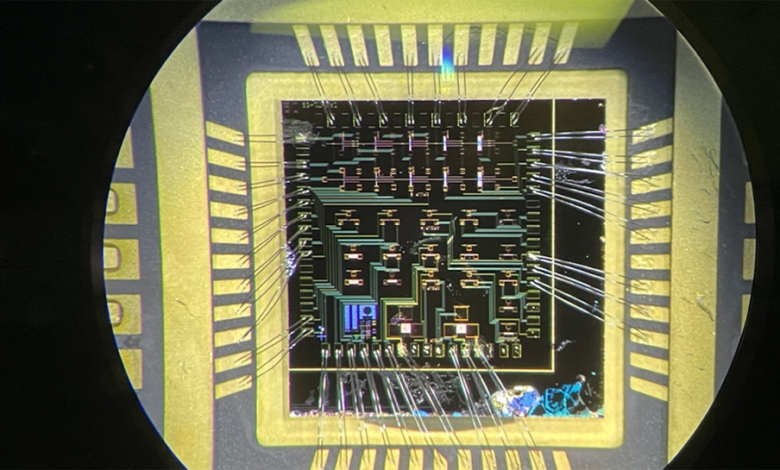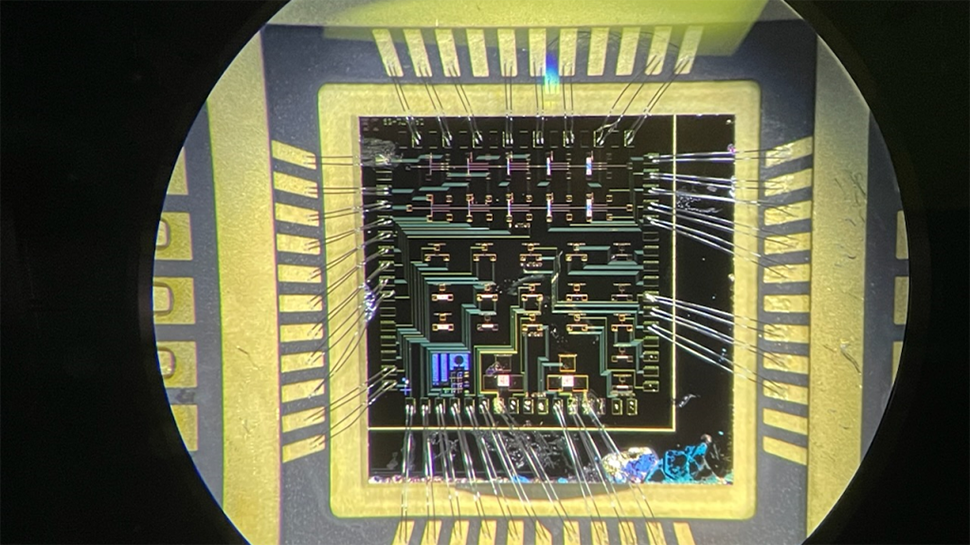Your iPhone 15 charger contains a material with quasi-superpowers: gallium nitride can withstand deadly radiation and extremely high temperatures that would literally burn silicon chips


Gallium nitride (GaN) is a wide bandgap semiconductor material derived from gallium and nitrogen.
Used in LEDs since the 1990s, it is known for its robust hexagonal crystal structure and can handle larger electric fields in a compact form factor than silicon, enabling faster switching.
Apple’s first GaN charger was for the 16-inch MacBook Pro in 2021. If you have an iPhone 15, you’re likely using a GaN charger.
Measuring conditions in a reactor
It turns out that GaN could be even more impressive than previously thought. Sensors used to monitor the cooling system of a nuclear reactor typically struggle with accuracy due to radiation. Researchers at the Department of Energy’s Oak Ridge National Laboratory (ORNL) found that the problem was solved by combining the sensors with high-performance GaN electronics.
ORNL’s materials science team discovered a GaN transistor that remained operational near the core of a nuclear reactor at Ohio State University. “We’re showing that it’s great for this neutron environment,” said Kyle Reed, a principal investigator at ORNL. This advancement is important for nuclear facilities, where early condition monitoring can prevent equipment failures and reactor outages.
Current sensor data processing relies on silicon-based electronics connected by long cables, which introduce noise and reduce accuracy. “Our work makes the measurement conditions inside a working nuclear reactor more robust and accurate,” Reed noted.
Researchers at ORNL irradiated GaN transistors for three days at temperatures of up to 125 degrees Celsius. Remarkably, they withstood the conditions, handling at least 100 times the radiation dose that standard silicon devices could withstand.
Microreactors, which generate lower power but require compact, robust components, could benefit from GaN transistors. These could be used, for example, on military bases or in disaster areas.
Despite being commercially available for about a decade, GaN still has untapped potential. “We are opening up several avenues for the use of gallium nitride so that we can create a more reasonable market demand for investment, research and development of personnel for subclasses of electronics beyond consumer grades,” Reed said.




